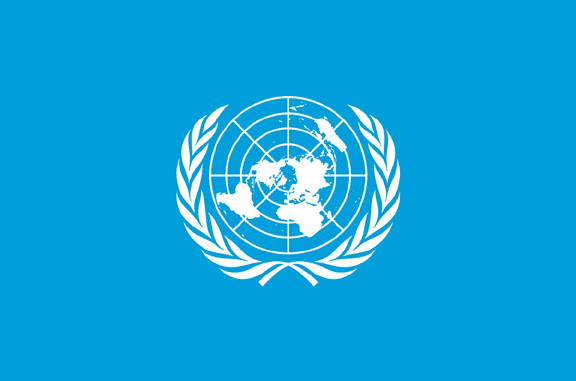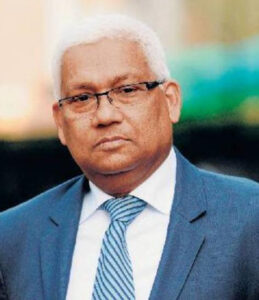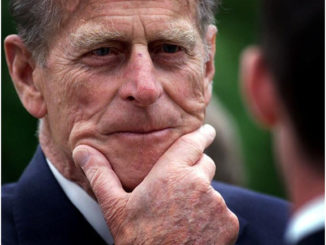
The United Nations was established in 1945 with 51 member-states. Today the number of UN member-states has risen to 193 countries.
As is often said “Peace and Development” are two sides of the coin. “Without Peace there is no Development”; Also “Without Development there is no Peace”. The UN Secretary-General, Antonio Guterres’ recently stated that the United Nations’ work in these turbulent times, is more necessary than ever to reduce suffering, prevent crises, manage risks and build a sustainable future for all”.

The United Nations celebrates on October 24th the 77th year of its establishment. It marks the anniversary of the day in 1945 when the UN Charter came into force. UN Day celebrated all over the world every year should offer the opportunity to amplify the UN’s “Our Common Agenda” and reaffirm the purposes and principles of the UN Charter that has guided us for the past 76 years.

The United Nations was established in 1945 with 51 member-states. Today the number of UN member-states has risen to 193 countries. With the increase in the UN membership over years, the challenges too mounted – conflicts, rapid population increase, poverty, unemployment, access to health, access to water and sanitation, climate change, gender inequality and other development issues. Today the world is faced with four strong challenging headwinds – Conflicts, Climate Change, COVID, Cost of Living (Inflation). These headwinds have caused severe humanitarian crisis. “The World is in Danger, stated United Nations Secretary-General to world leaders who gathered this past September at the UN Headquarters in New York.
The peace and security architecture is under enormous strain, as exemplified most recently by the war in Ukraine. Converging threats, geostrategic competition and systematic inequalities are having devasting consequences, not only for people caught up in violence. All these challenges transcend borders and can be solved only with forceful collective action.
The United Nations deployed a range of tools to prevent, mitigate, manage and resolve conflicts, protect civilians, confront the particular threat facing women and children and build pathways out of conflict and crisis to sustainable development and peace. The peace and security environment is shaped by converging threats: the evolving nature of conflict, the climate emergency, unregulated cyberspace and increased geostrategic competition. The effects of the pandemics continue to be felt, exacerbating existing vulnerabilities and conflict drivers and hindering the effectiveness of the global collective security architecture. This challenges the ability of the United Nations to respond to threats, prevent, manage and mitigate conflicts and succeed as a peacemaker. While these trends have been present sometime, the war in Ukraine has made them more pronounced. A renewed commitment to multilateralism and the Charter, as called for in the UN Secretary-General’s Report on “Our Common Agenda, and the call for action for human rights, remains vital to addressing these challenges.
In “Our Common Agenda”, the UN report suggested the following to promote peace and prevent conflicts: (i) Reduce strategic risks (nuclear weapons, cyberwarfare, autonomous weapons) (ii) Strengthen international foresight (iii) reshape responses to all forms of violence (iv) invest in prevention and peacebuilding, including Peacebuilding Fund and Peacebuilding Commission (iv) support regional prevention (v) put women and girls at the center of security policy (vi) peaceful, secure and sustainable use of outer space, including through a multistakeholder dialogue.
Looking to the future, the UN needs urgent reforms. The Security Council membership need to be expanded. From 51 countries at the time of the establishment of the United Nations, the membership rose to 193 countries. There is still no permanent seat in the Council for the African region and South American and Caribbean regions. Also, the Asia-Pacific countries representations are needed to be expanded with increase in UN membership in the region.
Also, the UN General Assembly and the UN system organizations, too, need urgent reforms with new mandates to make these institutions more effective to deliver for global peace and development in the 21st century. The newly recruited staff in the UN Headquarters and in the UN system organizations should be first posted in the field, then after ten years in the regional commissions and then after ten years can be posted at the headquarters. The UN Agenda 2030 on Sustainable Development Goals implementation is left with only eight years to go for achieving the Goals and Targets.
The UN Secretary-General on October 17, 2022 warned marking the International Day for the Eradication of Poverty “that the Goal of eradicating poverty is undermined and the world is moving backwards”. He further stated that the COVID-19 pandemic set back more than four years of progress and also widening inequality, the “gathering shadow” of a global recession, and the climate crisis as reasons for the faltering efforts. Despite the recession threat, 10 million can still be lift out of poverty.
Poverty has risen by 70 million in just the first three months of the year. Thirty percent of the middle-income countries and 60 percent of low-income countries are near debt distress. Inflation is at multi-decades high.
A once-in-a- generation global cost-of-living crisis has been unfolding since 2020 and, with the war in Ukraine, it is now at critical levels. In the last three years, the number of people who are food insecure has almost tripled to 350 million people.
Climate change is hitting harder each year, pilling up costs at a time when countries lack resources to deal with the disaster, let alone invest in their long-term development and achievement of the United Nations Sustainable Development goals.
These challenges are all interconnected. To resolve the current cascade of crisis, systemic and transformation action is needed focused on increasing liquidity, bringing prices down, and preventing an even wider crisis in 2023.
Looking to the future, the efforts of the United Nations currently is engaged in getting the economy back on track and addressing the most pressing challenges.The immediate issues are: (i) to deal with the emerging finance and debt crisis in developing countries. How can countries obtain sufficient fiscal resources at a time when capital flight is high? What is the role of the Special Drawing rights and Multilateral Banks in finding a solution? (ii) in light of the 27th Conference of the Parties (COP) in November 2022 in Cairo, how thecan climate funding for developing countries be fostered? How can the international community go from billions at hand to the trillions needed in the quest to fund the climate transition and to achieve the Sustainable Development Goals.(iii) What kinds of systemic action are needed to bring commodity prices down? How is trade policy, including recent United Nations-backed efforts such as the Black Sea Grain Initiative and the agreement for unimpeded access to Russian food and fertilizers, able to help in the current context? How can further food trade export restrictions be avoided?
As is often said “Peace and Development” are two sides of the coin. “Without Peace there is no Development”; Also “Without Development there is no Peace”. The UN Secretary-General, Antonio Guterres’ recently stated that the United Nations’ work in these turbulent times, is more necessary than ever to reduce suffering, prevent crises, manage risks and build a sustainable future for all”.
(The author is Chairman, International Institute for Scientific and Academic Collaboration, Inc. USA; Former Chief/Senior Socio-Economic Affairs Advisor at the United Nations; Former Special Advisor to the Foreign Minister of Timor-Leste)





Be the first to comment